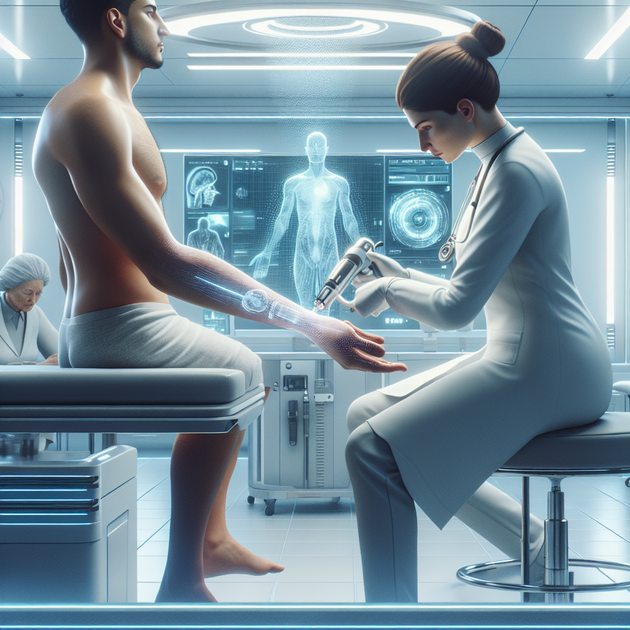Korean Researchers Make Bone-Healing Gun; Offers Faster, Less Invasive Fracture Treatment
What if fixing broken bones could be as simple as pointing a device at the injury—no major surgery required? That’s exactly what a team of Korean researchers is aiming for with their new invention: a bone-healing gun designed to speed up recovery while making treatment much less invasive.
How Does the Bone-Healing Gun Work?
The idea behind the bone-healing gun is pretty fascinating. Traditional fracture treatment often involves metal plates, screws, or even lengthy surgeries. But this new device offers a different approach. Instead of cutting open the skin or drilling into the bone, doctors use the “gun” to deliver special healing materials directly to the site of injury.
Here’s how it breaks down:
- Non-invasive application: No large incisions or heavy-duty hardware needed.
- Targeted therapy: The device applies bio-compatible materials precisely where the bone needs help.
- Faster healing: Early studies suggest patients could recover in less time compared to traditional methods.
- Reduced risk: Smaller wounds mean less chance of infection or complications.
The core technology uses a form of sprayable biomaterial—think of it like a “cast in a can”—that supports new bone growth and helps knit the fracture back together.
The Science Behind Faster Fracture Healing
Bones are pretty good at repairing themselves given enough time and support. What makes this invention special is its use of advanced biomaterials that encourage cells to grow and regenerate more effectively. The spray contains substances that mimic natural bone structure and chemistry.
When applied through the bone-healing gun:
- It forms a scaffold for new cells to build on
- Delivers growth factors that jumpstart repair
- Dissolves safely as real bone fills in
Korean researchers believe this combination could cut weeks off typical recovery times—especially important for older adults or people with slow-healing fractures.
Potential Benefits Over Conventional Treatments
Switching from traditional orthopedic surgery to something like the bone-healing gun brings several advantages:
- No need for general anesthesia: Reduces stress on patients’ bodies.
- Lesser hospital stays: Outpatient procedures may become more common.
- Fewer scars: Smaller entry points mean better cosmetic results.
- Easier rehab: Patients may be able to move sooner after treatment.
For anyone who’s broken an arm or leg before (or knows someone who has), these improvements could make all the difference in getting back on your feet quickly—and with fewer worries about complications.
A Real-World Glimpse: Imagine This in Practice
Picture this: an elderly man slips on wet pavement and suffers a wrist fracture. Instead of being scheduled for surgery with all its risks and downtime, he visits his clinic where doctors use the new bone-healing gun. The procedure is quick—just some local numbing cream—and he’s sent home with only a small bandage over his wrist. Within weeks, he’s using his hand again with minimal pain and barely any scar.
That scenario isn’t science fiction anymore—it’s what these Korean researchers hope will soon become routine care around the world.
The Road Ahead for Bone-Healing Technology
While early results are promising, there are still hurdles before you’ll see this device everywhere. Clinical trials must confirm its long-term safety and effectiveness across different types of fractures. Regulatory approvals take time too—but if everything goes well, hospitals might start adopting this technology in just a few years.
It also opens up big possibilities beyond bones—could similar spray-on treatments help heal cartilage or even organs one day?
So what do you think? Would you trust your next broken bone to a high-tech healing gun instead of old-school surgery?

Leave a Reply